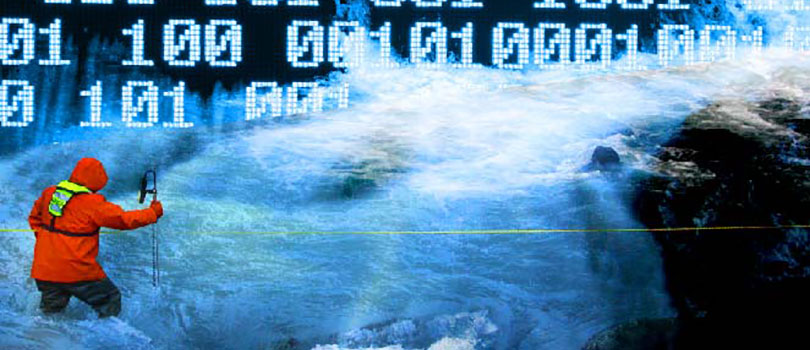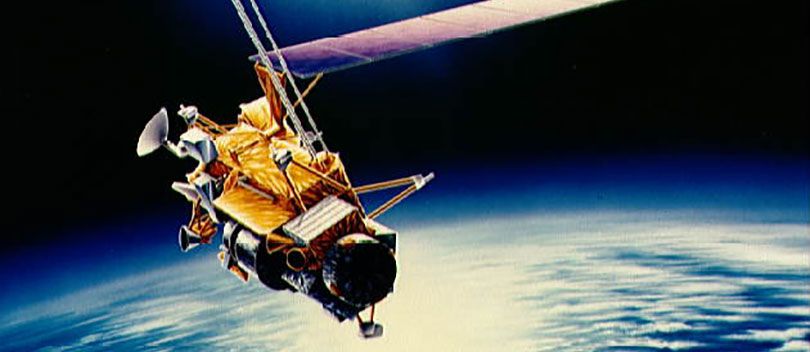
The Fracking Truth About Hydraulic Fracturing
There is no shortage of differing opinions about the hydraulic fracturing ‘fracking’ technique for shale gas extraction. I am impressed at the influence of this technique on global geo-politics. Previously inaccessible hydrocarbon reserves are changing the global distribution of wealth.
There is economic incentive to be an early adopter because there is risk that late adopters will have to develop infrastructure when prices are much lower due to a massive global increase in supply. Politicians, in particular, want to see development within a political cycle so that they can fund popular initiatives with new revenue and lay claim to the trickledown effect of cheap energy on their local economy.
Between the economic and political imperatives to act quickly the growth of the industry has completely outpaced the ability of environmental agencies to even understand effects let alone develop policy and procedures to prevent unwanted consequences.
Only one thing is clear. Fracking uses a lot of water.
The Houston Chronicle reports that in some West Texas and South Texas counties that fracking accounts for t 10 to 25 percent of water use and is projected to pass 50 percent in the near future. The article states that oil and gas companies dispose of the equivalent of 18,500 Olympic sized swimming pools of water every month. The town well has gone dry in Barnhart Texas due in large part to the water demand from fracking. An average well uses 11,000 to 30,000 m3 of water over its lifetime.
Is 30,000 a big number or a small number?
This volume would only half fill a Panama class tanker ship. One could easily imagine above ground storage containers big enough to hold all of the waste water from each and every fracking operation. These would be permanent blight on the landscape but would ensure that the owner of each tank would also own the liability for the contents of the tank. Instead, we allow the waste water to be injected deep underground effectively transferring liability to the public domain.
The answer to the question of whether 30,000 is a big number or a small number is therefore not in terms of the dimension of the problem when it is in a container but rather the dimension of the problem when it is dispersed underground. We have very limited ability to predict the fate of this wastewater underground and we have almost no control over that fate if we only discover unintended consequences too late. The underground is, for practical purposes, unbounded. In the absence of definite boundaries to contain the wastewater the dimension of the problem is, by definition, infinite. Infinity is a very big number.
There are claims that fracking operations have rendered potable aquifers unusable. Yet public officials and industry representatives are quick to claim that there is no proof that water has been contaminated by fracking. Of course there is no proof. For proof you need evidence and to have evidence you need data.
“Absence of evidence is not the same as evidence of absence”
– Carl Sagan
Groundwater quality and supply monitoring is inadequate to even fully characterize natural variability at a very coarse scale of spatial temporal resolution. What is needed is monitoring that is purpose designed to investigate the potential for harm, basically a crime scene investigation.
The question is who should fund such monitoring. The energy industry has no interest in doing so.
They would argue that it is a waste of time and money because the results would be negative, based on their belief that there is no harm to the receiving environment. Monitoring agencies have the ability but not the resources to undertake such a project. There is no chance they would receive ‘new money’ for such a purpose because governing politicians have a vested interest in supporting the energy industry. Environmental advocacy groups and NGOs have neither the ability nor the resources to undertake such a project.


